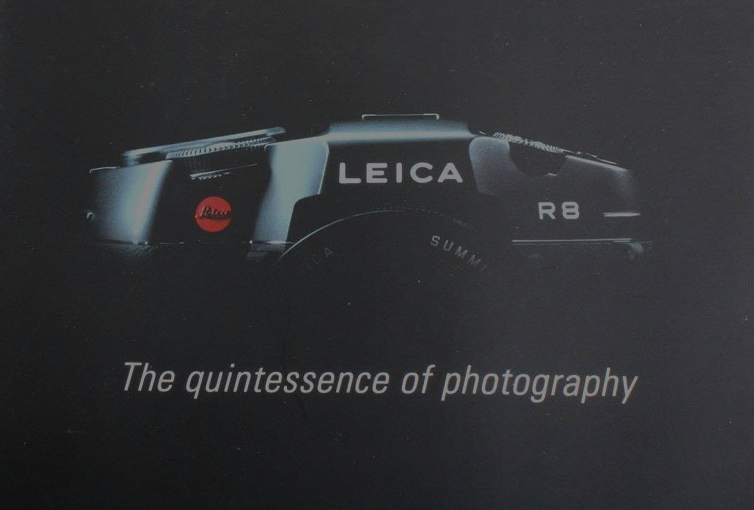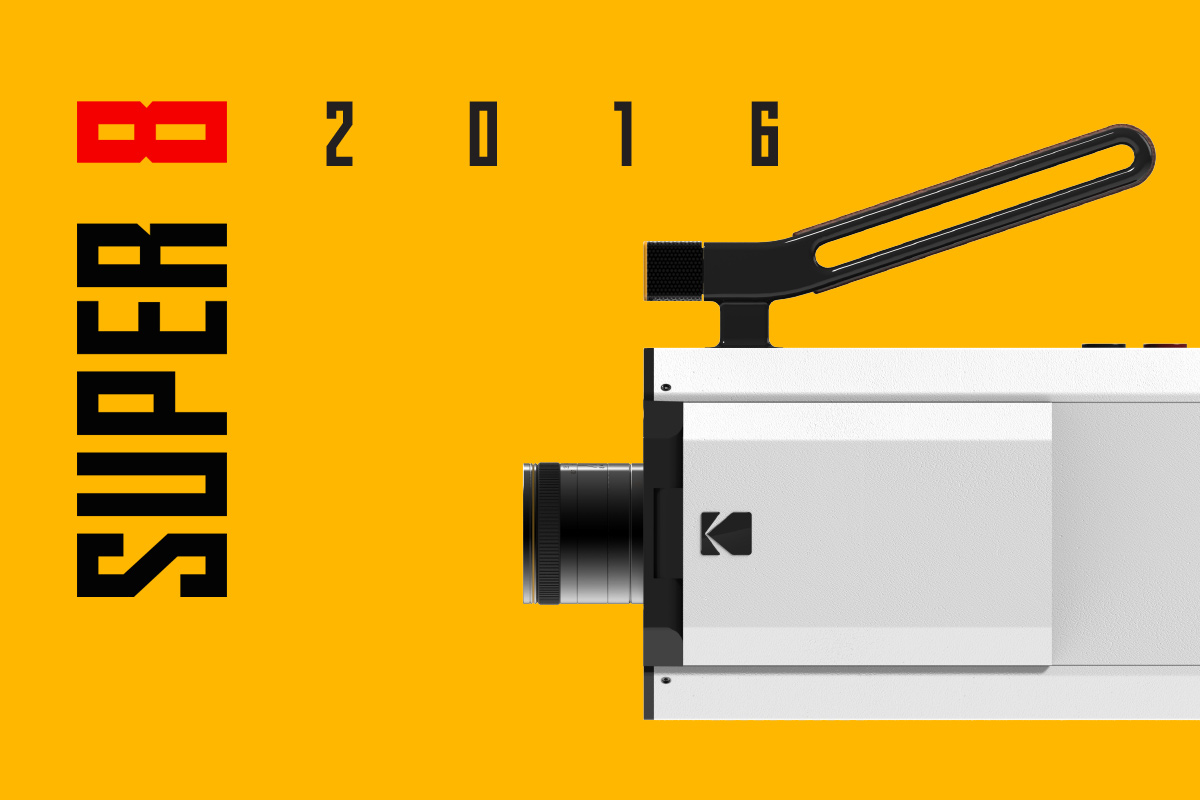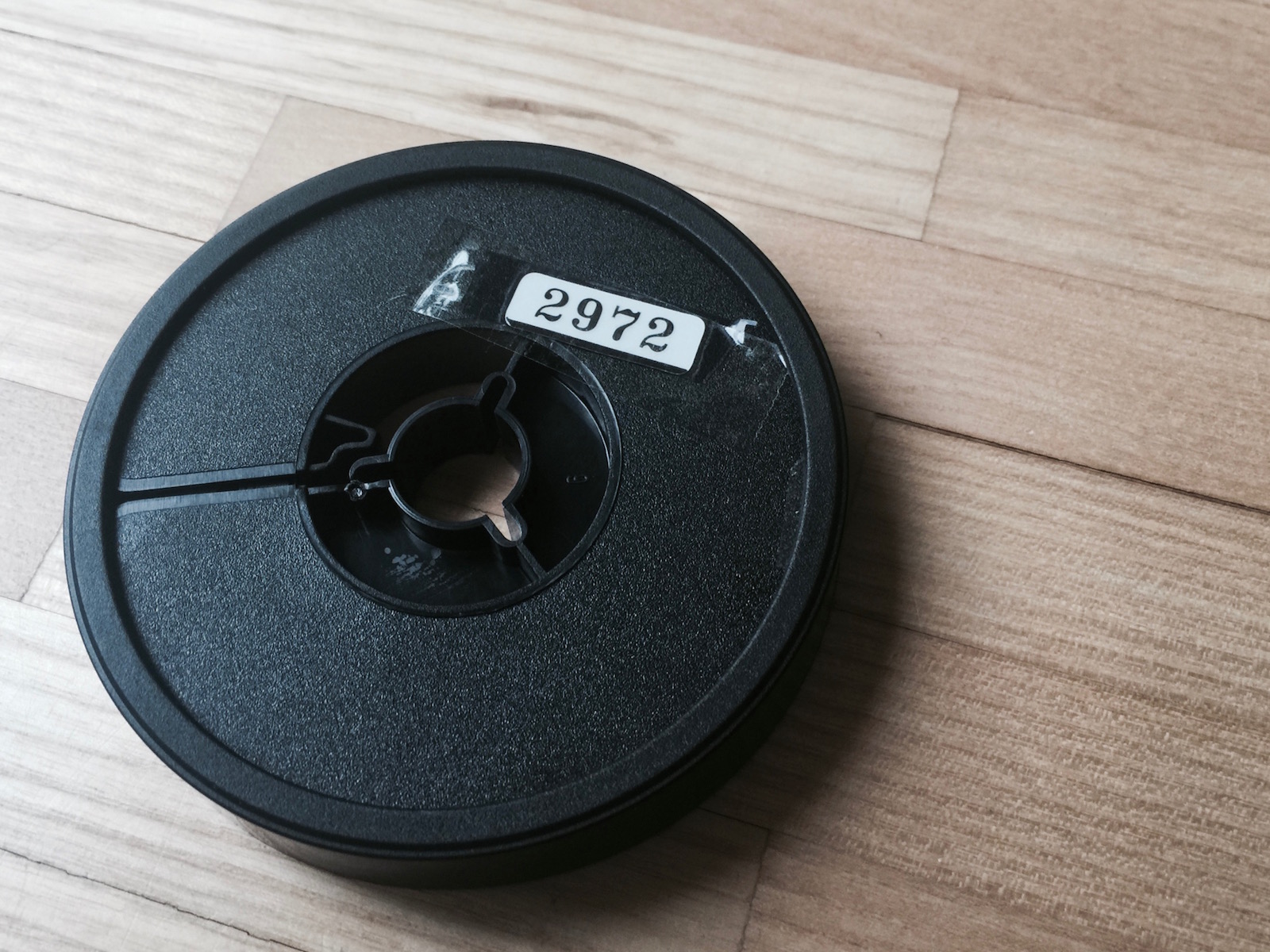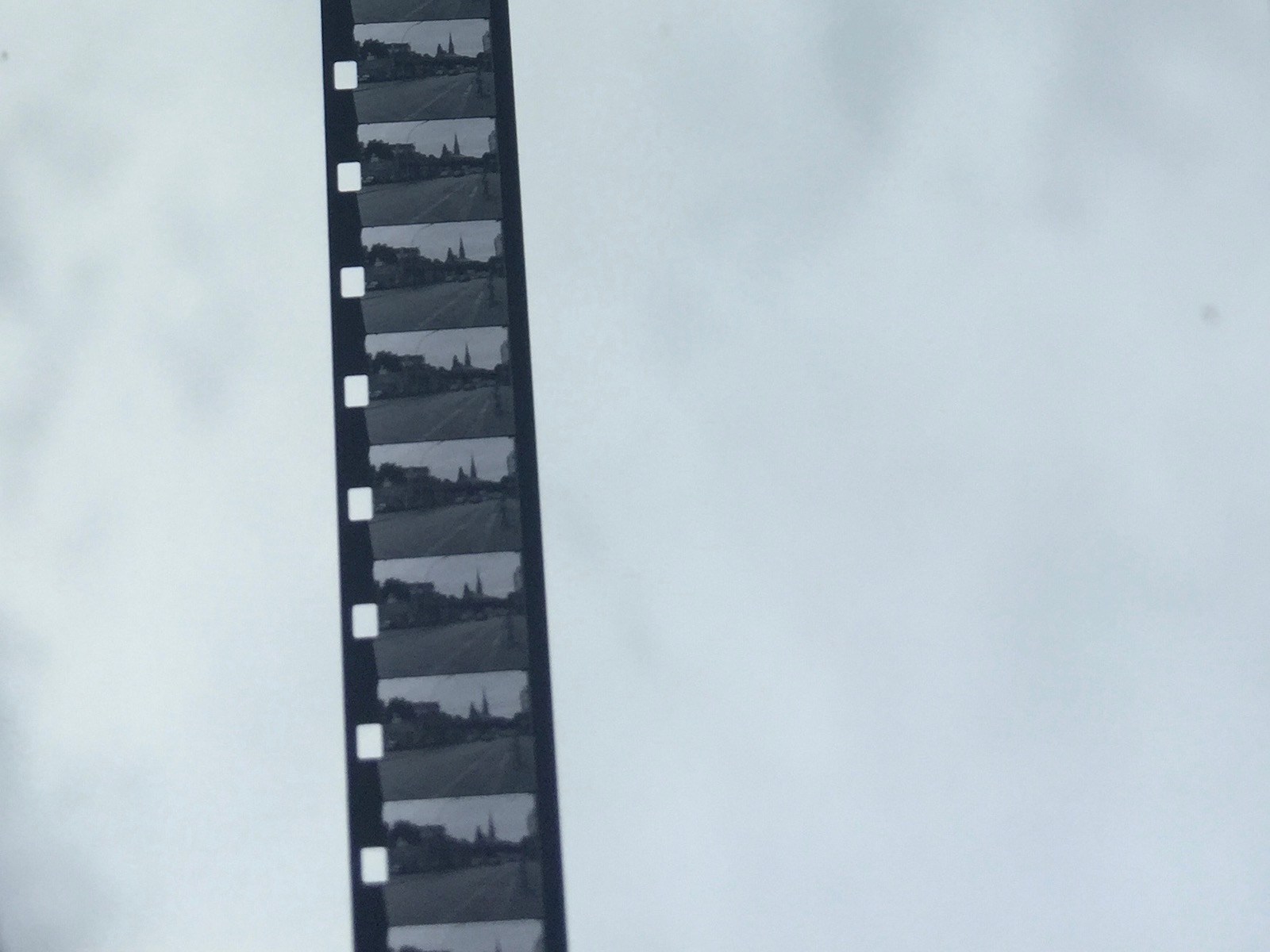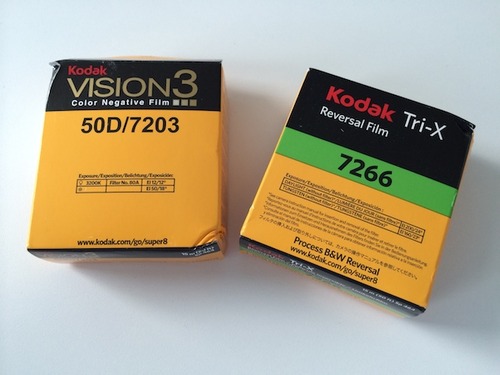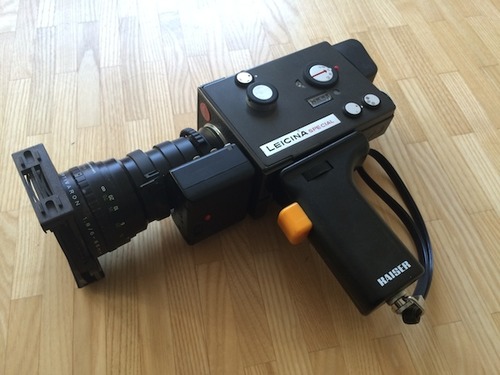Tag:8mm
I still remember the times during my studies of media technology when I dreamed of someday owning a Leica camera. Although I was happy with the Nikon F2 SLR and Nikon 24mm f/2.8 setup I used during the photography classes I took at university, I kept longing for more. A close friend and I spent many nights debating used camera options available at local Leica dealers but always decided to stay away from it. To be completely honest, we dreamed mostly […]
In January 2016 Kodak announced a new Super 8 8mm film camera at CES in Las Vegas. To say the least, this is a surprise and I am enthusiastic about it. They say there’s kind of an analog film renaissance and that’s why there is a market for it. As you may know, I spent quite some time over the past few years to revive a Leicina 8mm film camera. “On the heels of celebrating 50 years of manufacturing Super 8 film, […]
As you might remember, I started experimenting with my LEICINA SPECIAL Super8 camera and finally made it to send in the first cartridge of Super8 8mm film material for development. I used Kodak Tri-X black & white Reversal Film and chose Wittner Cinetec in Germany as a service provider. About 2 weeks after sending my material I received the developed film. Costs to shot, develop and digitise 8mm film A 50ft (15m, around 3.5 minutes at 25 fps) cartridge costs 25€ to develop including shipping costs. Considering […]
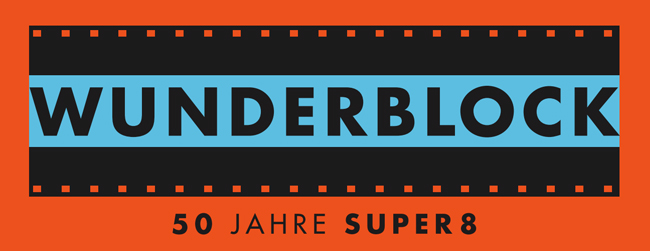
Wunderblock – Deutschland, deine Speicher – 50 Jahre Super8 – 50 years after KODAK’s introduction of the Super 8 format, amateur 8mm material will be digitised, rearranged to new fictional stories and shown in a mini movie theatre on tour. The project will be in Lüneburg from July 19 – 20, in Greifswald from July 22 – 24, in Kelheim from July 29 – 31 and in Lengerich from August 11 – 14. So if you have any super 8 material in the attic, get going. Your material will be digitised for free if you let it be part of the project.
With affordable 4K displays around the corner a higher resolution than the offered 2K frame-by-frame scanning would be nice for my 8mm film, since products like ARRISCAN provide up 6K/4K. The question would be, whether this makes sense at all, taking the natural resolution of the 8mm motion picture film format into consideration. The filmstrip of the format is 8 millimeters wide, providing the name for the 8mm film. Super8 has a larger image area than Normal 8 due to its smaller perforations, 5.79mm x 4.01mm (0.228” […]
As explained before, I have to choose between various options to digitize my 8mm film. There are some things I can do myself. I could capture the film playing on a projector using a digital camera or I can try out manually scanning every frame with a flatbed scanner and reconstructing the movie from single images. There are many people who tried already, with some nice results. Some even built their own homemade Telecine. Homemade 8mm Telecine – First Scan […]
After shooting and developing 8mm motion picture film, one might want to transfer it to a digital format. This is quite complicated actually, since there are no consumer or easy solutions available. Most people just capture their original film playing on a projector with a digital camera. Although it looks quite nice in most cases, clearly this can’t be the best way to do it. There is one project I could find, trying to utilize consumer flatbed scanners with transparency units […]
Unfortunately the variety of 8mm film material still available has decreased over the past years. The popular Kodachrome was discontinued in 2009 and even its processing ended in 2013. Although points of sale are increasingly difficult to find, there are some dealers left, Wittner Cinetec in Germany for example. One can choose from the current Kodak Vision3 lineup (500T, 200T and 50D for color negative film and Kodak Tri-X Reversal Film for b/w. Currently, there are some Kodak Ektachrome films left, which have been discontinued in […]
8mm film is a motion picture film standard developed by Kodak in 1932 to create a cheap “home movie” format. Its most famous filmed sequence undoubtedly being the Zapruder film, capturing the assassination of John F. Kennedy in Dallas, Texas on November 22, 1963. Super8 was released in 1965 and quickly adopted by amateur film-makers providing better image quality and picture size. With its innovative cartridge-loading system it became an easy to use system and inspired millions of people around the […]
Last time I visited my parents, I took the LEICINA SPECIAL with me. It’s a Super8 8mm film camera produced by Ernst Leitz GmbH in Germany between 1972 and 1977. Ernst Leitz GmbH is the former corporation of Leica Camera AG. The LEICINA SPECIAL records on 8mm film cartridges up to 50ft in length at frame rates of 9,18 25 and 54 as well single frame with automatic exposure (Leicinamatic) with manual focus and macro ability. It comes with a Optivaron f1.8/6-66mm lense. There […]

